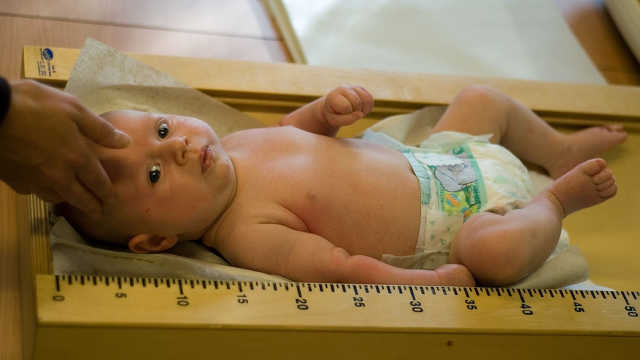Children get a lot of vaccines these days, which is a good thing: it means they’re protected against a lot of diseases. But some parents wonder if kids are getting too many shots all at once.
Photo by Maessive
They’re not. Childhood vaccine schedules are carefully calculated, based on research: as a child’s immune system matures, you want to give each vaccine as soon as it will be safe and effective. The US and Australia both have similar schedules for childhood vaccinations.
Spacing out vaccines adds risk without benefit. For example, the measles-mumps-rubella (MMR) vaccine doesn’t always “take” in babies under a year old, so it is recommended waiting until babies are 12 months old (or, if you must give it early, following up with a second dose later). Moving this vaccine earlier in the schedule wouldn’t help.
The American Academy of Pediatrics published a report in Pediatrics in 2002 about the concern that the vaccine schedule might be overwhelming to children’s immune systems. (Spoiler: nope, it’s fine.) In fact, if the schedule looks overwhelming, it’s sort of an illusion. Kids are protected against more diseases now, but the shots have less antigen (active ingredient) than in the past.
As of 2013, the number of antigens was up to 152, still a small number; babies encounter an estimated 2,000 to 6,000 antigens per day just living their lives and sticking dirty toys in their mouths. The combinations of vaccines given together have also been tested, and the Pediatrics report summarises the research there:
If vaccines overwhelmed or weakened the immune system, then one would expect lesser immune responses when vaccines are given at the same time as compared with when they are given at different times. However, the following vaccines induce similar humoral immune responses when given at the same or different times: 1) MMR and varicella, 2) MMR, diphtheria-tetanus-pertussis (DTP), and OPV, 3) hepatitis B, diphtheria-tetanus, and OPV, 4) influenza and pneumococcus, 5) MMR, DTP-Hib, and varicella, 6) MMR and Hib, and 7) DTP and Hib.
A spaced-out schedule also means more doctor’s visits, which makes life harder on your kid, as journalist Tara Haelle explained on NPR:
Well, each time you go to the doctor’s office, you are subjecting your child to more microbes that are in that office. You can catch a disease every time you go to the office because sick kids go there. … [A] child can get one needle or three needles in a visit, and there are studies showing that getting three needles is no more traumatic than getting one needle. But having three different visits with a different needle each time is more traumatic.
There are some cases where a child’s medical situation may mean they may need a tweaked vaccination schedule, but that’s an unusual situation your doctor would discuss with you — not a decision to make because you looked at a list of vaccines and had a gut feeling that it was “too much.”

Comments
One response to “Spacing Out Vaccines Isn’t Good For Kids”
Stop listening to mummy blogs, Vaccinate your damn kids.